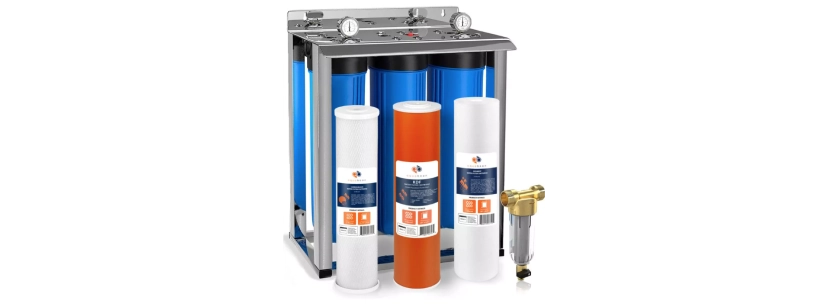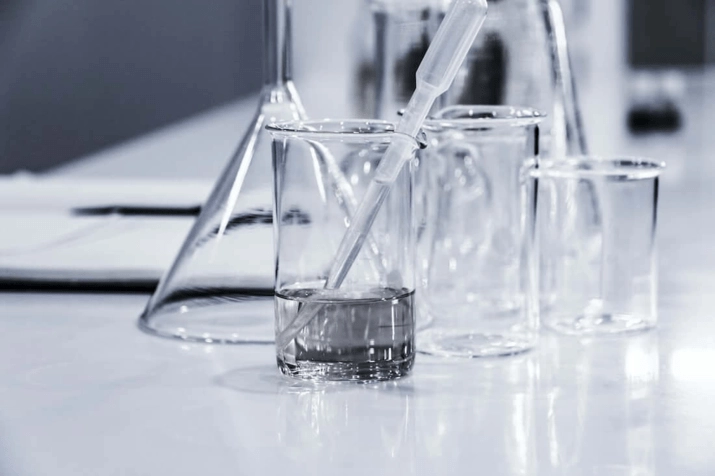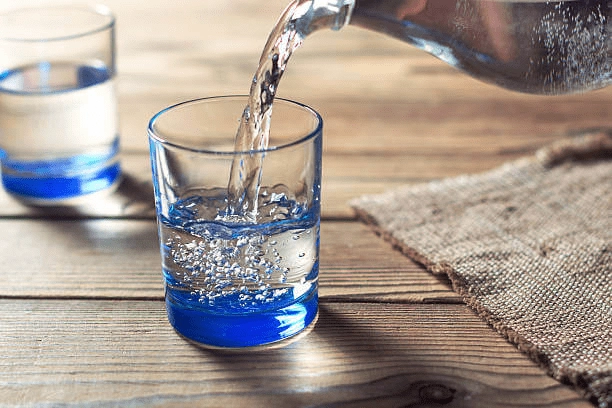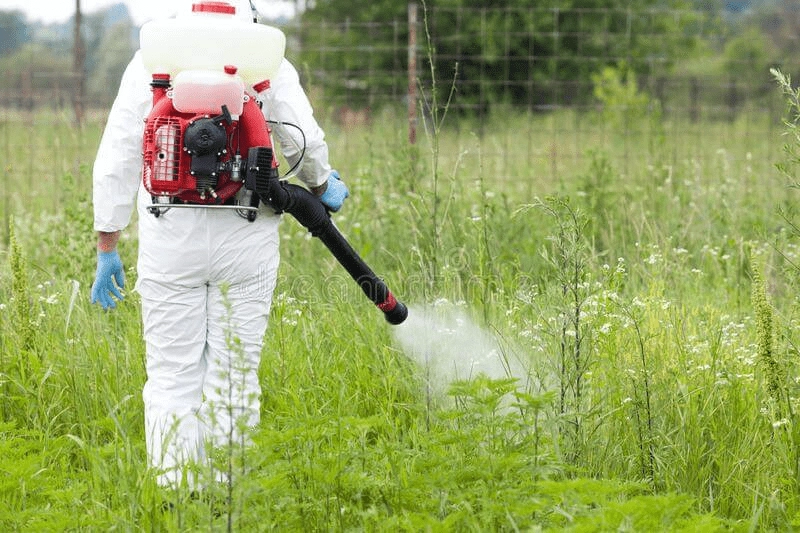According to the United States Environmental Protection Agency (EPA), 95% of the US population is served by a community water system (CWS), and in 2021, over 6.73% of the populace reported one or more violations of EPA health-based standards. This proved that you cannot rely on only the CWS water treatment processes.
Are you using a private well instead? It's not 100 percent safe either; water filtration is still required. You may need to purify it using sediment filtration systems. And it’s important to know how to remove dirt from water to ensure the health and safety of your family.
In this blog, we'll discuss sediment filtration and how to select the right purification system. Let’s dive in.
Why Sediment in Water Is a Problem
Sediment refers to any particles suspended in water, including:
- Dirt and soil
- Sand and silt
- Rust flakes from corroded pipes
- Organic debris like plant matter
- Scale from water heater deposits
While sediment may seem like a minor nuisance, it can cause both short-term and long-term problems in your home.
- Health and safety concerns
- Sediment can shield harmful microorganisms from disinfection, allowing bacteria to survive.
- Rust particles may carry trace metals into your water supply.
- Organic debris can encourage bacterial growth.
- Plumbing and appliance damage
- Accumulated sediment in pipes can restrict water flow and increase pressure.
- Dishwashers, washing machines, and ice makers can clog or wear out faster.
- Water heaters can lose efficiency as sediment builds up in the tank.
- Aesthetic and usability issues
- Cloudy or discolored water
- Gritty texture when drinking or cooking
- Stains on sinks, tubs, and fixtures
What Is Sedimentation in Water Treatment?
When people ask, “What is sedimentation?” in the context of water, the simplest answer is: it’s the process of allowing suspended particles to settle naturally under the influence of gravity.
Sedimentation in water treatment is one of the first steps in many purification systems. The goal is to remove large, heavy particles before they reach fine filters or chemical treatment stages. This improves overall efficiency and reduces wear on equipment.
Key points about sedimentation:
- Gravity-powered: No moving parts required in basic systems.
- Pre-treatment method: Often used before filtration and disinfection.
- Effective for heavy particles: Dirt, sand, rust flakes, and other visible debris.
In large-scale municipal systems, sedimentation basins are a standard feature. In residential applications, smaller tanks or even sedimentation filters can perform the same role.
Types of Sedimentation Processes
The sedimentation process can vary depending on water quality, system design, and intended use. Understanding the main types will help you identify the right approach for your home.
Plain sedimentation is the simplest form of sedimentation of water, relying entirely on gravity and time to do the work. In this method, water is stored in a tank or basin long enough for particles to sink naturally to the bottom, making it ideal for low-turbidity water that contains larger, heavier particles.
Horizontal flow sedimentation takes a different approach by allowing water to move slowly in a horizontal direction through a long tank. As the water flows, suspended particles gradually settle to the bottom, while clarified water exits from the top. This method is most often found in municipal water treatment plants and larger private systems.
In vertical flow sedimentation, water enters from the bottom of the tank and rises slowly toward the top. As it does, heavier particles fall downward, allowing clean water to flow upward toward an outlet. This design is well-suited for compact treatment plants and certain household sediment filters where space may be limited.
Inclined plate, or tube, sedimentation uses a series of angled plates or tubes to significantly shorten the settling distance for particles. As water passes through, particles quickly encounter these surfaces, settle out, and slide down to the bottom. This configuration is particularly effective in space-saving designs that must handle high sediment loads.
Finally, sedimentation with coagulation and flocculation involves adding chemical agents to bind tiny particles into larger clusters known as flocs. Using flocculants such as alum or polymers creates bigger, heavier clusters that settle much faster, greatly improving water sedimentation speed. This process is best for treating very fine particles and water with high turbidity, where plain sedimentation alone would be too slow or ineffective.
Sedimentation Tanks and Systems Explained
In both industrial and residential settings, sedimentation water treatment relies on tanks or basins designed to slow water down enough for particles to drop out.
Key components of a sedimentation tank:
- Inlet zone — distributes incoming water evenly and reduces turbulence.
- Settling zone — the main area where gravity separates particles from water.
- Sludge zone — bottom area where settled solids collect for removal.
- Outlet zone — allows clarified water to exit without disturbing the sludge layer.
For residential systems, sedimentation tanks are often smaller and may be paired with:
- Spin-down sediment filters
- Cartridge sediment filters (micron-rated)
- Multi-stage filtration systems with a sediment pre-filter
What is sediment filtration?
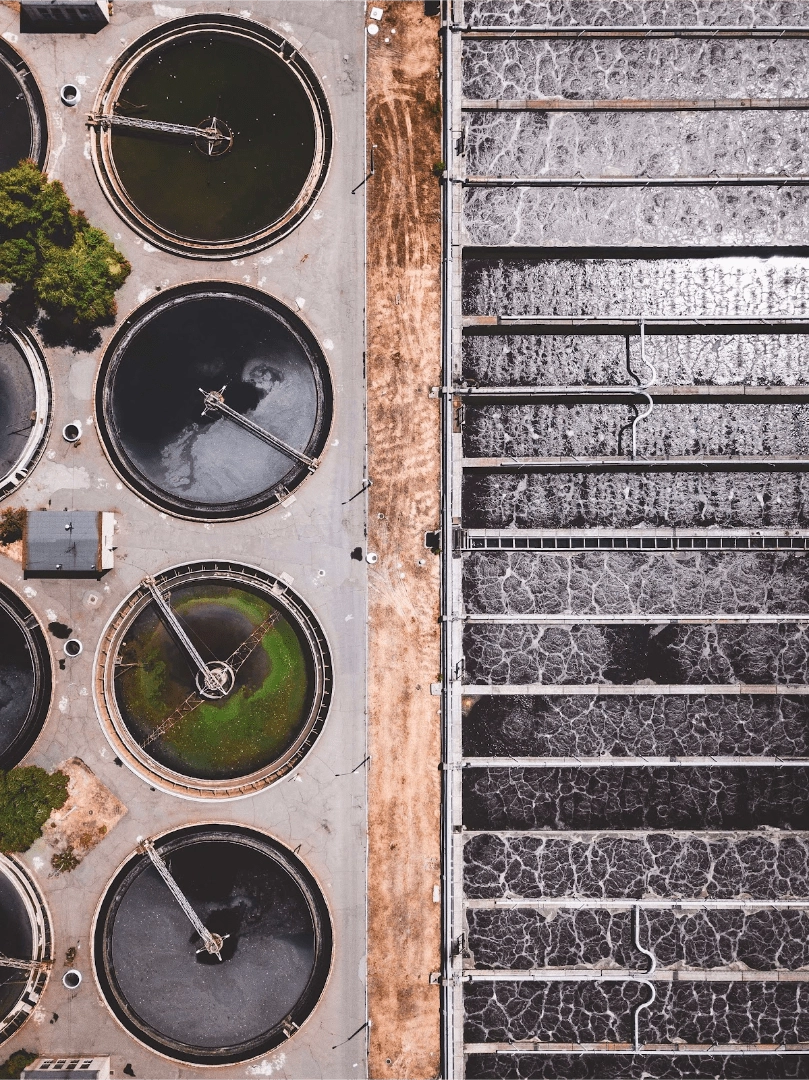
Source: Ivan Bandura on Unsplash
Sediment filtration is a way of lessening opaqueness caused by suspended solids. But how does this work? Filter systems trap solids when liquid passes through them. These solids can be rust, dirt, or sand. So, you'll need a water filter to remove rust or any of these solids.
How to choose a sediment filter?
Aside from the price and type of contaminants, here are other things to consider when choosing a sediment purification system:
1. The material
It's important to know the type of materials used for water filters and their capacity before you choose. For instance, surface purifiers are made from pleated reusable polyester fabric while depth purifiers are made of different materials like cotton, and glass fiber.
2. Size of the system
Water filters for the whole house should be the right size. If you buy an under-sized system, you'll likely have unsatisfactory liquid pressure and flow even if the incoming pressure is high. While an oversized system could cause too much pressure and damage plumbing or appliances.
3. Flow rate/ pressure
Ensure flow rate and pressure are up to the recommended standard for any size you choose.
4. Source
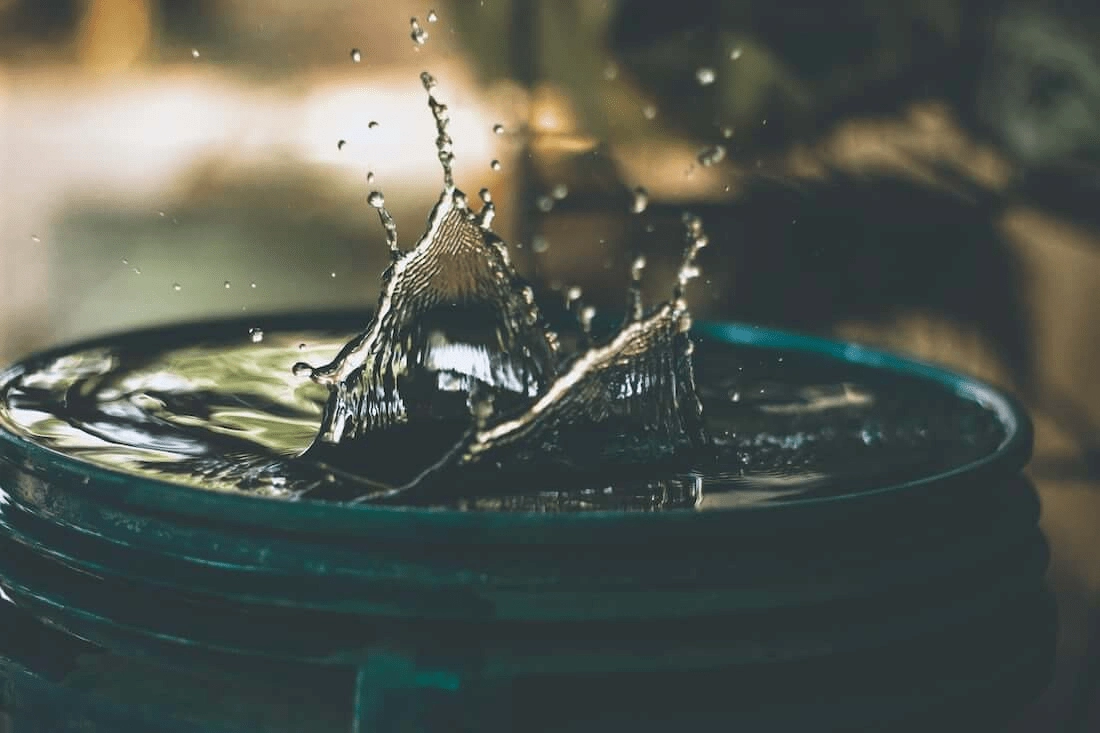
Source: Amritanshu Sikdar on Unsplash
Another thing to consider is the source and the estimated amount of treatment required. For instance, if your source is rain, it will have more particles than in other sources
5. Micron Ratinge
By knowing the micron rating, you can know what size of particles the purification system can capture. Note that the higher the micron number, the fewer particles it can remove. For example, a 1-micron filter can trap more small particles than a 20-micron filter.
What contaminants can't be removed by sediment filters?
Heavy metals, microorganisms, organic particles, or the chemicals present in water can't be removed by sediment purifiers. The taste or smell can't be improved by sediment filters either.
POE vs. POU sediment filtration?
Point-of-entry(POE) sediment filtration allows you to treat it at its entry point, while point-of-use (POU) sediment filtration means that it's purified where you need it.
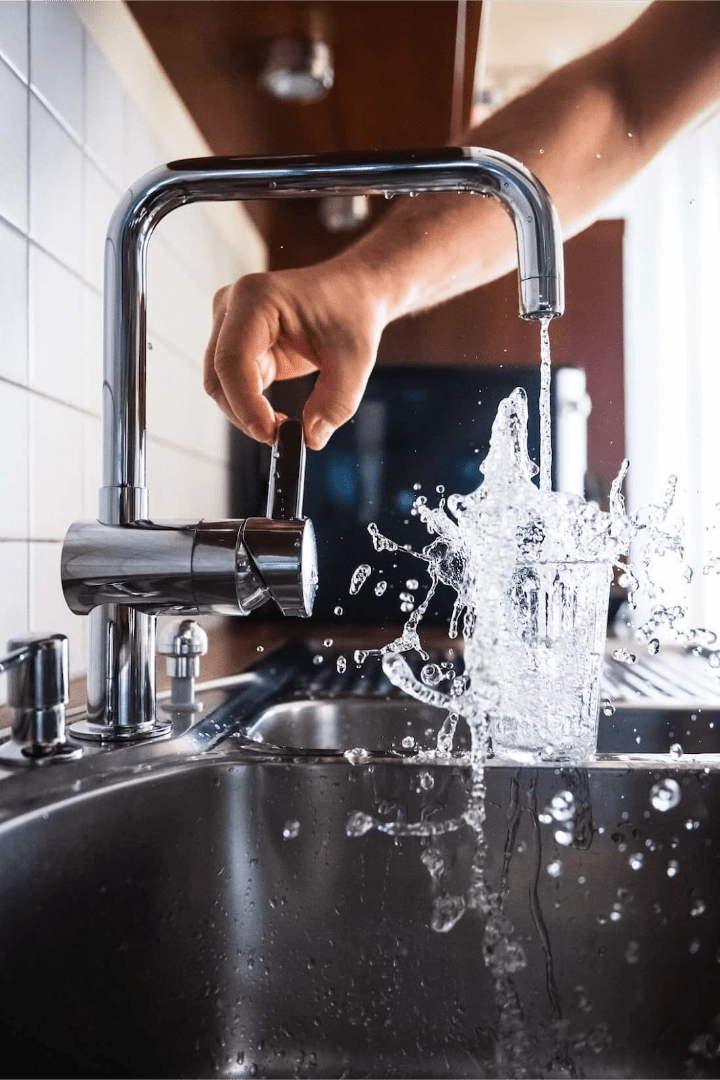
Source: Jacek Dylag on Unsplash
Where to buy the best filter for rusty water?
There are many online or physical stores to purchase a good house water filter for rust removal. However, Filterway.com is one of the places to buy the best filter for rusty water.
Benefits of Sediment-Free Water
Investing in sediment removal — whether through a dedicated sedimentation water treatment system or a combined filtration approach — offers significant benefits for your home.
- Improved water quality
- Clearer, better-tasting water
- No gritty texture when drinking or cooking
- Reduced staining on laundry and fixtures
- Longer appliance lifespan
- Prevents abrasive particles from damaging seals, pumps, and valves
- Reduces sediment buildup in water heaters
- Lower maintenance costs
- Fewer clogs in plumbing and fixtures
- Less frequent filter replacements in downstream systems
- Better health protection
- Removes debris that can shield harmful microorganisms from disinfectants
- Improves the effectiveness of later treatment stages
Conclusion
Whether a cartridge or sand water filter for homes, the main aim is to have purified water. Although sediment purifiers can achieve this aim, it's not enough if your liquid contains heavy metals or chlorine. Add other filtration methods, like UV purification or reverse osmosis to get the best quality.
If you're looking for where to buy water filters for sand, rust water filters, replacement filters, or any dirt water filter, contact us.




